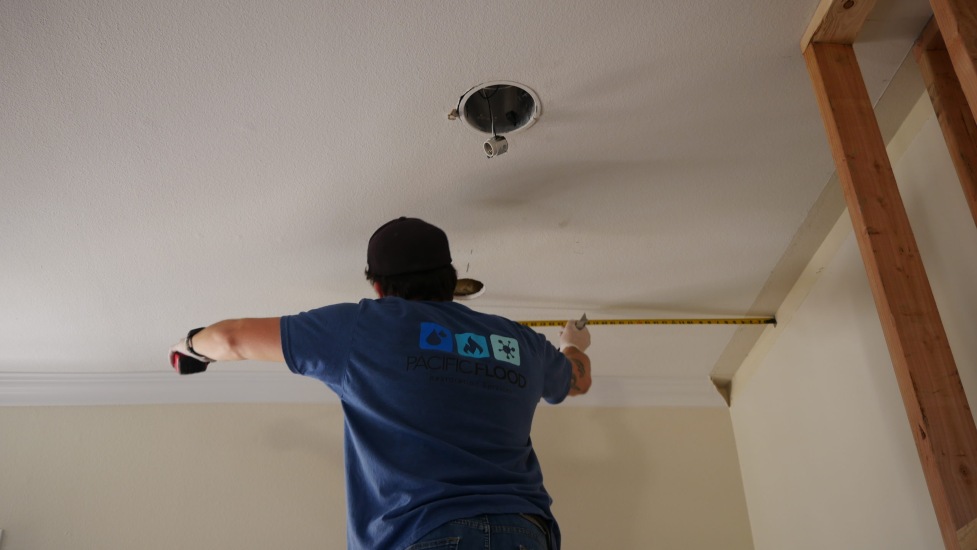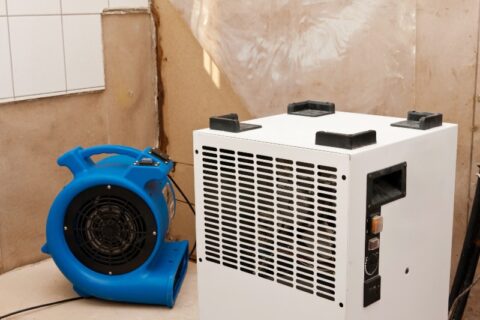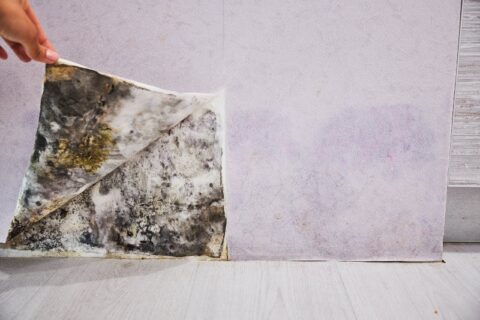Water Damage in Your Ceiling – Facts to Know

When you have water damage in your ceiling we typically notice the (ugly) dark discolorations on the ceiling first. However, stains are just the visual manifestation of water damage and the more potentially urgent issues that go with it. Here are some facts about ceiling water damage that you should know. Please contact Pacific Flood restoration if you experience any of these leaks!
- If you have a ceiling water leak it usually means one of two things: a roof leak or when living in a multi unit complex, or in a two-story home, water leaks will typically come from a bathroom above.
- Common sources of second-floor bathroom leaks that cause water damage to ceiling below may include plumbing in the bathroom such as a leaky drain under the bathtub or shower enclosure, a leak at shower valve connections inside the bathroom wall, leaky water supply lines, or an isolated leak such as a toilet overflow.
- If ceiling water damage happens after heavy rain, roof leakage is the main suspect.
- Ceiling panels are made of drywall that absorbs water. Once the drywall has been fully saturated it will typically sag or swell and will become heavy.
- A ceiling will likely become structurally unsound or will collapse if a large area of the ceiling is wet or was wet in the past.
- Wet ceiling panels almost always will have mold growth on and inside the drywall material if not attended to in a timely manner.
- Typically before the roof leak contacts the ceiling, it will usually soak into the bed of the attic insulation just above the ceiling. Keep in mind that wet insulation usually becomes moldy and will require replacement.
- If a ceiling light or ceiling fan is installed might cause electrocution or a fire hazard is a ceiling leak takes place.
- If the ceiling damage is more than a 12 inch square, the best option is to replace the whole ceiling panel to prevent more damage.


